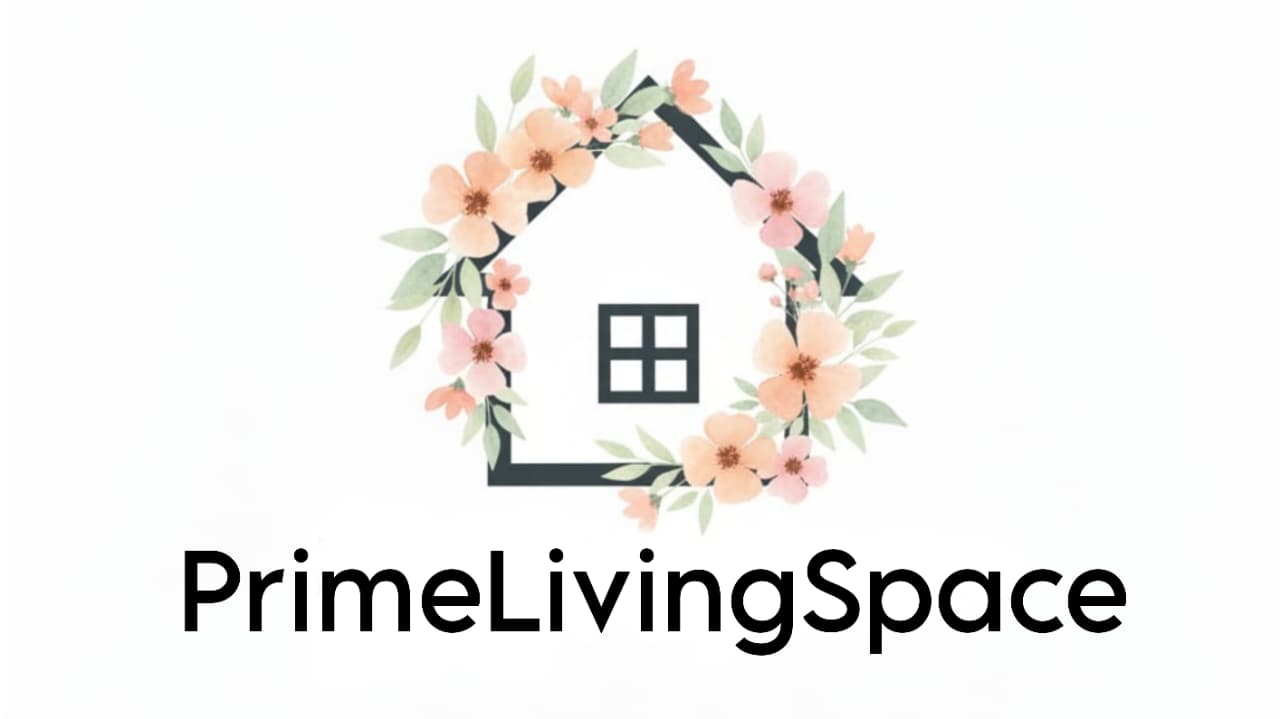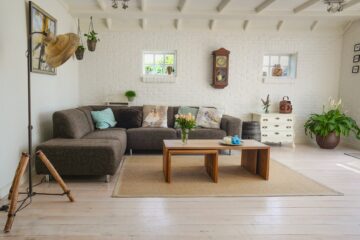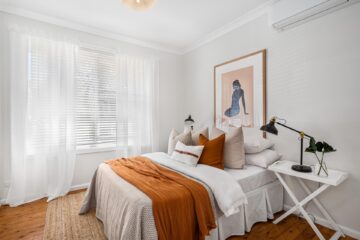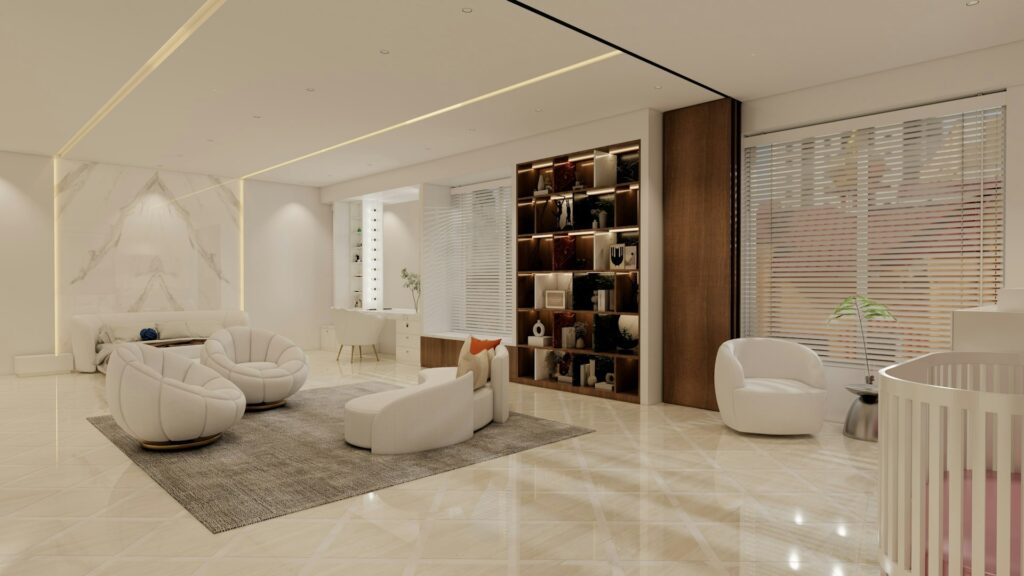
You know that feeling when you walk into a home and everything just flows — like the colors, the furniture, even the light seems to move effortlessly from one space to another? That’s what happens when you truly understand how to design seamless interiors.
It’s more than matching curtains and sofas — it’s about creating a visual and emotional connection that makes your home feel calm, cohesive, and beautifully balanced.
If you’ve ever wondered how to design seamless interiors that feel right from the moment you walk in, this guide breaks it down for you — from color flow to furniture placement, lighting, and everything in between.
1. What Makes an Interior Design Feel Seamless
Before diving into how to design seamless interiors, it’s important to understand what makes a space feel seamless in the first place.
A seamless interior doesn’t scream for attention — it whispers harmony. It’s when walls, furniture, textures, and lighting blend naturally, without sudden breaks or awkward transitions.
This design style relies on visual harmony, spatial balance, and emotional flow. Think of it as storytelling through your home — where each room has its own character but still connects to the next chapter.
To achieve seamless interior design, focus on:
- Consistent color palettes
- Smart space planning for open layouts
- Cohesive home decor that ties everything together
- Lighting and texture balance
2. How to Design Seamless Interiors with Natural Flow
The foundation of how to design seamless interiors lies in creating flow. That means your eye — and your footsteps — move easily from one area to another without visual clutter or interruption.
Here’s how to make rooms flow naturally:
- Open-Concept Design Tips: Remove visual barriers where possible. Even partial walls or glass dividers can help maintain openness while defining zones.
- Design Continuity Between Rooms: Repeat colors, patterns, or materials (like wood flooring or stone textures) across spaces for a unified interior design theme.
- How Furniture Placement Creates Flow: Arrange furniture to lead the eye naturally. Avoid cluttered paths and leave negative space to allow easy movement.
- Smooth Transition Between Spaces: Keep flooring, ceiling height, and color tones consistent so each area feels like a continuation of the previous one.
This is the secret behind creating flow in interior design — it’s subtle, yet incredibly powerful.
3. The Emotional Impact of Well-Connected Spaces
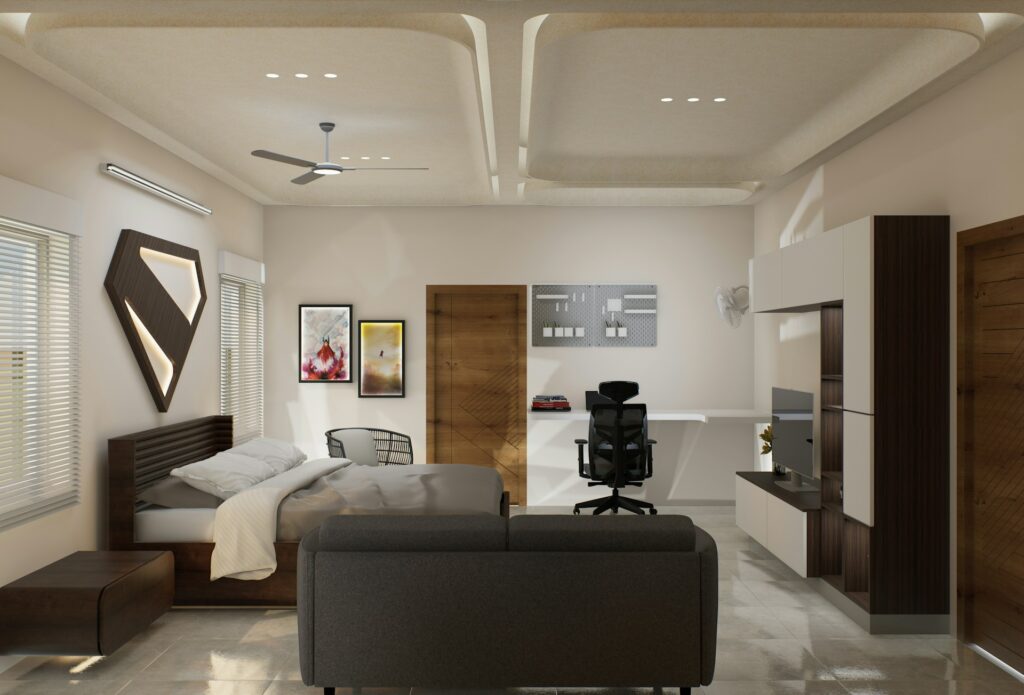
When learning how to design seamless interiors, don’t just think about visuals — think about feelings.
A well-designed home doesn’t just look good — it feels good. Seamless interiors affect your mood, focus, and comfort.
Spaces with design consistency and spatial balance make you feel grounded and calm. On the other hand, choppy layouts or mismatched color schemes can subconsciously create tension.
This emotional connection through interior design is what separates ordinary homes from truly inspiring ones. It’s the reason some spaces make you want to stay longer — they feel naturally cohesive and emotionally balanced.
4. Using Color Psychology to Design Seamless Interiors
Color plays a massive role in learning how to design seamless interiors that feel connected and calm.
Here’s how to use color psychology for interior unity:
- Stick to a consistent color palette that flows from one room to another. Neutrals and earthy tones work best for a cohesive home decor theme.
- Use color psychology to influence emotions — blues and greens promote calmness, while warmer tones bring energy and comfort.
- Add layered textures for a seamless effect — wood, linen, matte metals — to avoid monotony while maintaining harmony.
Consistent color choices establish a subconscious rhythm your brain instantly recognizes as peaceful and natural — a key principle when learning how to design seamless interiors.
5. How Lighting Affects Seamless Interior Design Flow
Lighting is the unsung hero of how to design seamless interiors. It doesn’t just brighten a room — it connects spaces emotionally and visually.
Here’s how to achieve lighting harmony:
- Use ambient lighting for general brightness and accent lighting to highlight textures or artwork.
- Keep color temperatures consistent across rooms. Warm light in one space and cool light in another can break the visual flow.
- Layer lighting sources — ceiling, wall, and floor — for a balanced glow throughout.
Proper lighting ensures every part of your home feels connected, helping you achieve that perfect modern home layout flow.
6. Furniture & Material Flow: Blending Styles Effortlessly
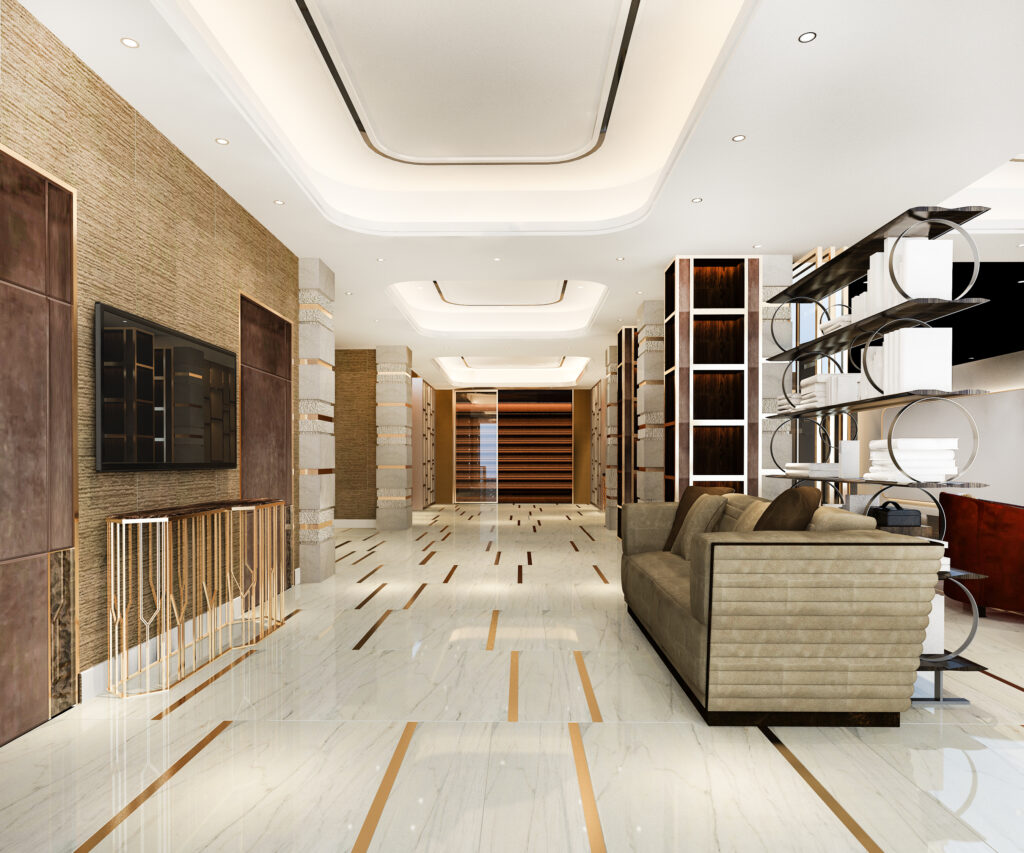
When figuring out how to design seamless interiors, furniture and materials play a crucial role in maintaining consistency.
Here’s how to blend styles gracefully:
- Choose furniture with complementary silhouettes and finishes. You can mix modern and traditional pieces effortlessly by repeating a texture, tone, or shape.
- Use transitional interior spaces like hallways to introduce subtle design transitions between rooms.
- Focus on functional yet aesthetic interiors — furniture that fits comfortably and serves a purpose without overcrowding.
And remember: the importance of negative space in design can’t be overstated — it allows your interiors to breathe while keeping everything cohesive.
7. Seamless Transitions Between Indoor and Outdoor Spaces
Modern homeowners are redefining how to design seamless interiors by extending harmony outdoors.
Here’s how to create seamless transitions between indoor and outdoor spaces:
- Continue similar flooring or color tones outside.
- Use large glass doors or sliding walls to visually connect the two areas.
- Add indoor plants and natural textures to blur boundaries.
This approach makes your home feel bigger, brighter, and more unified — a true mark of seamless interior design ideas done right.
8. Designing for Modern Life: How to Design Seamless Interiors That Function Beautifully
Today’s interiors are about balance between emotion and function. When thinking about how to design seamless interiors, ask yourself:
- Does the layout make everyday tasks easier?
- Does every room feel connected yet purposeful?
- Does your home tell a visual story that reflects you?
When functional and aesthetic design come together, your home not only looks beautiful but feels whole.
This is what modern design harmony is all about — blending practicality with personality.
9. Final Touch: A Home That Truly Flows Like a Dream
To truly master how to design seamless interiors, think beyond the surface.
A seamless home is about connection — visually, emotionally, and functionally. Every color, texture, and piece of furniture should belong to a greater story.
When all these layers come together, your interiors don’t just look amazing — they flow like a dream. That’s the beauty of seamless design done right.
FAQs About How to Design Seamless Interiors
1. What is the 3-5-7 rule in interior design?
The 3-5-7 rule in interior design is a visual principle suggesting that objects or elements are most appealing when grouped in odd numbers. For example, displaying three candles or five wall frames instead of even numbers creates balance and visual interest. It’s often used when learning how to design seamless interiors to make decor arrangements feel natural and dynamic.
2. How to design a seamless pattern?
Designing a seamless pattern involves creating a repeating design that connects perfectly from edge to edge without visible breaks. In interior design, this could mean using wallpapers, tiles, or textiles that maintain continuity. The trick is aligning elements carefully so that the repetition looks fluid — a core idea in how to design seamless interiors that flow naturally.
3. What is the golden rule of interior design?
The golden rule of interior design is achieving balance and proportion. It’s about ensuring that every element — from furniture size to color distribution — complements the overall layout. This rule helps maintain visual harmony in interiors, which is essential when applying principles of seamless interior design across connected living spaces.
4. What are the 3 E’s of interior design?
The 3 E’s of interior design stand for Efficiency, Elegance, and Emotion.
- Efficiency ensures spaces are functional and practical.
- Elegance focuses on visual appeal and refined aesthetics.
- Emotion creates a personal, warm connection with the space.
Together, they define how to design seamless interiors that are both beautiful and meaningful.
